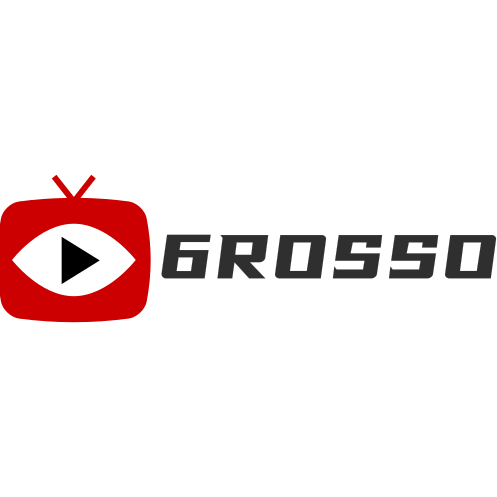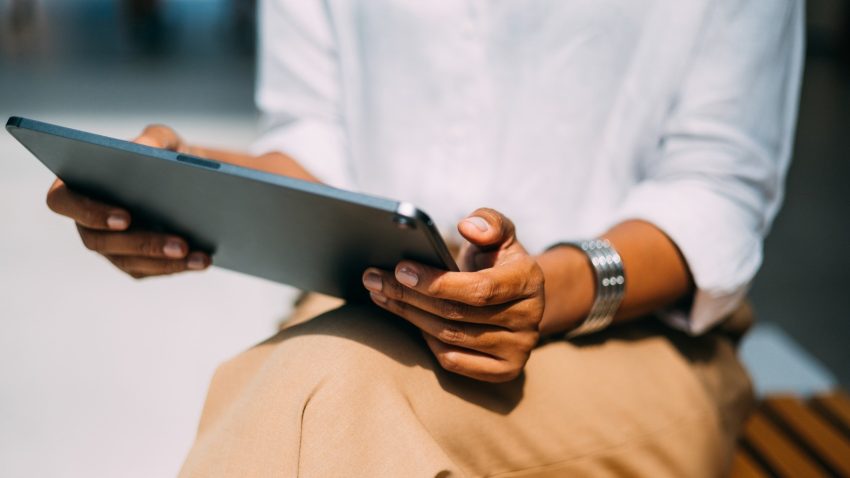The question of whether you can replace your old computer with a tablet is one that arises with some frequency. And my answer so far has always been the same: it depends on what you want to do. And yes, it sounds ambiguous, but that’s because using a tablet for browsing the internet or watching some multimedia content is not the same as using it for video editing or work.
The truth is that this division is becoming increasingly blurred, and modern, feature-rich tablets have little to envy in terms of configuration compared to some computers. Take, for example, the 2022 iPad Pro, which boasts the same processor (an M2) as the latest Macbook Air and even the 13-inch Macbook Pro; or the Microsoft Surface Pro 9, which features an Intel Core i5 or i7 from the 12th generation, depending on the model chosen.
These are precisely two of the three devices I have chosen to test firsthand and provide a more reliable answer to the initial question of whether a computer can be replaced by a tablet for any task. The third option is an Android device – the first two feature iPadOS and Windows, respectively: the Samsung Galaxy Tab S9 Plus.
iPad Pro and iPadOS
The iPad Pro from Apple, in its 12.9-inch version, is quite large for a tablet. On one hand, this may slightly reduce its portability (it weighs almost 700 grams by itself); however, in terms of performance analysis, I must say that working in front of its screen has been a pleasure for me: it’s almost like having a compact laptop. To achieve this, I’ve paired it with the Magic Keyboard and the Apple Pencil 2nd generation.
The display surface, besides being spacious, reproduces images very smoothly (thanks to ProMotion technology) and with a high level of detail, it’s sharp and bright… and it responds instantly to both finger touches and stylus interactions: in this case, you don’t even need to touch the screen with the stylus tip, as its pointer is floating and simply bringing it close is enough for the screen to recognize it.
The same feeling of fluidity is experienced while using it; no matter the task you’re performing, the iPad Pro flies: high-quality video editing, photo editing, graphics-intensive gaming… So, day-to-day work has been carried out smoothly, including multitasking. This tablet could perfectly replace a laptop, with special mention to its keyboard, which is really comfortable and practically error-free when typing, allowing you to adjust the screen to the angle that best suits your needs. However, we’ve encountered a limitation (which can be significant), and that is its operating system. It runs on iPadOS, which limits the programs and applications we can use to those available in the App Store. And definitively, it’s not a Mac.
Surface Pro 9 with Windows
As expected, the Microsoft tablet runs on Windows 11 Home. And that’s precisely its biggest draw: we can install practically any program we want. The overall performance is very positive no matter what you do. The limitation lies in the graphics, which, being integrated, may be adjusted for very specific design or editing tasks.
If with the iPad Pro we said it was large and that made its transportation difficult, in this case, that feeling is even greater, with a 13-inch screen and about 900 grams of weight. It has a 3:2 aspect ratio, which gives us a hint that it’s precisely aimed at productivity-related tasks rather than leisure. The trade-off is in its battery life, which in tests didn’t reach a full workday (it stays at around 6-7 hours of use).
Regarding its accessories, we’ve paired it with the Signature Keyboard, which comes with a stylus. This keyboard is characterized by its smooth touch, and compared to other offerings, it has been slightly less comfortable and noisier. Additionally, its design prevents adjusting the angle, which reduces its ergonomics.
Samsung Galaxy Tab S9 Plus, the Android option
Most likely, if I had to recommend a tablet with the Android operating system from the vast array of brands and models available in the market —it’s the most popular and abundant option—, I would lean towards a model from the Korean firm: its finishes are good, it offers many configuration options to adapt to different needs, and generally, its performance tends to be positive. Having said all this: Android for productivity-related tasks? It would be my last option. Although the Google store is packed with thousands and thousands of applications, not all of them are optimized for use on tablets, and I don’t feel they cover all the needs. For the most basic ones (multimedia playback, games, word processing, some image editing, email…), it’s more than covered. This comment is applicable to its performance: this particular model is one of the most powerful —if not the most— with the Android operating system at the moment. But still, its configuration is below the previous options. In this case, for example, it runs on a Snapdragon 8 gen 2 processor; the same as the Korean company’s Galaxy S23 smartphones.
Apart from that, it features a 12.4-inch touchscreen with quality that’s comparable to the iPad Pro or the Surface Pro 9. Its keyboard case (Book Cover Keyboard) consists of two elements, one that covers the back of the device (and also serves to store the stylus) and the keyboard area. The system is not very comfortable in itself, tends to come unclipped, but the typing experience has been adequate.
In conclusion…
After several weeks of testing using only a tablet for work and other leisure-related tasks instead of my usual computer, my conclusion is clear: there are currently models that allow very similar tasks to be performed in both cases. So the switch could be viable. Would it definitively replace my computer? Clearly, no. The screen size and the comparative cost between the two types of equipment (powerful tablets are much more expensive) make me stick with my PC.


